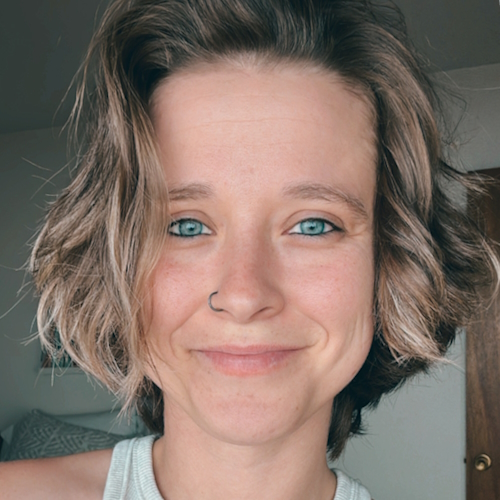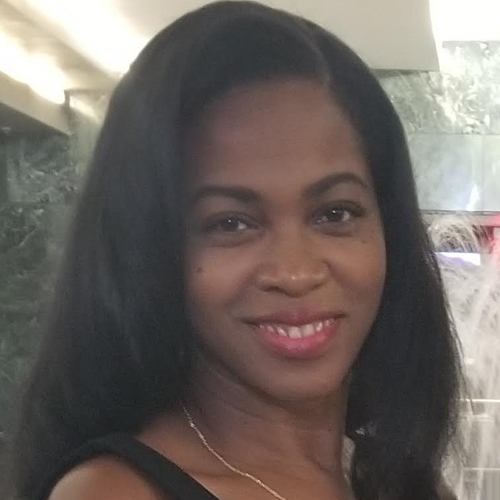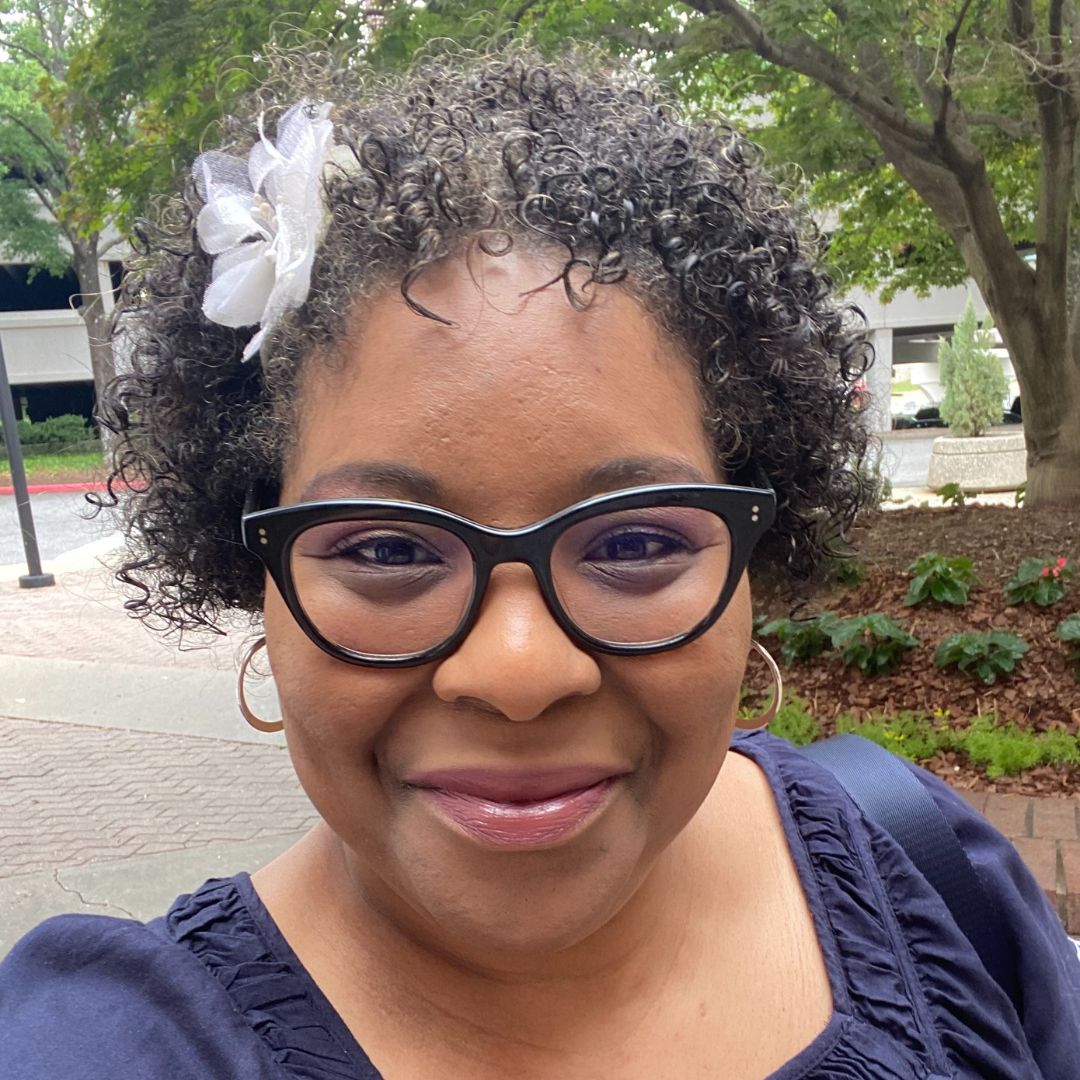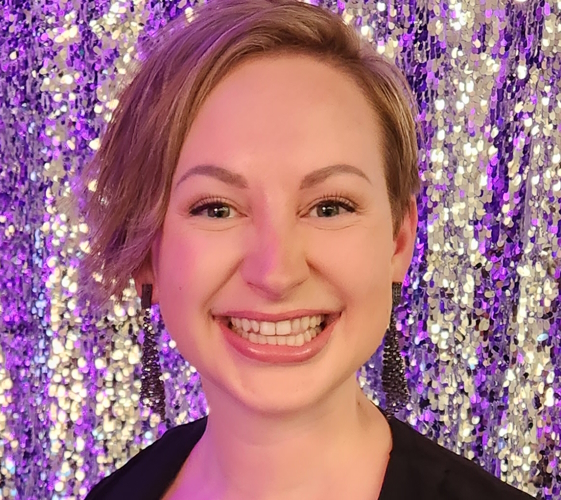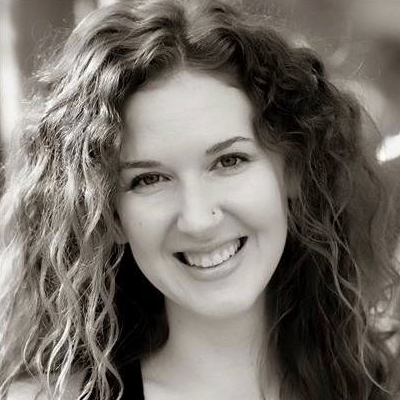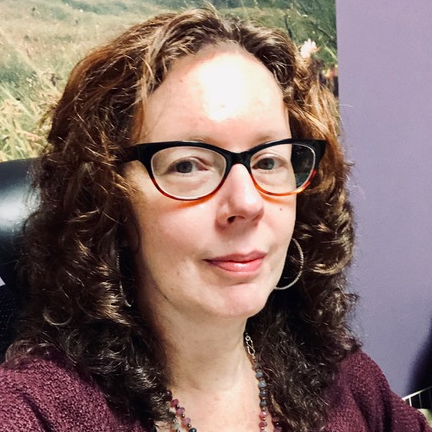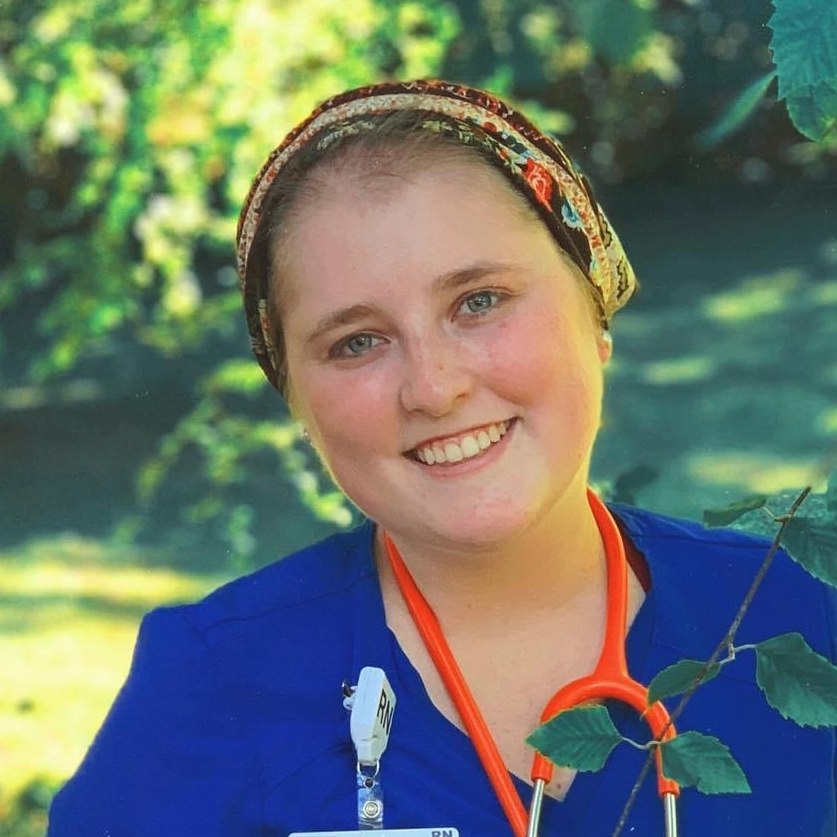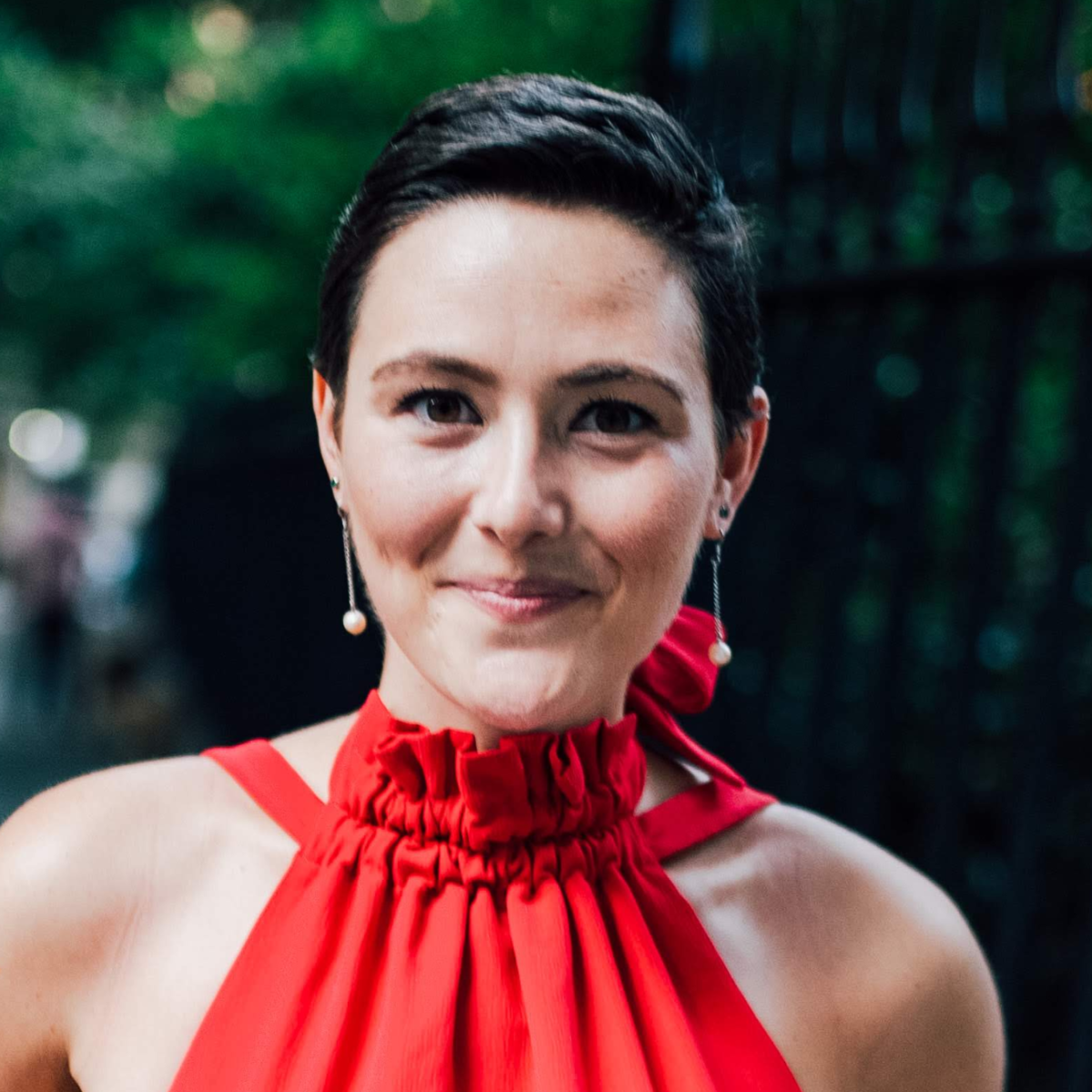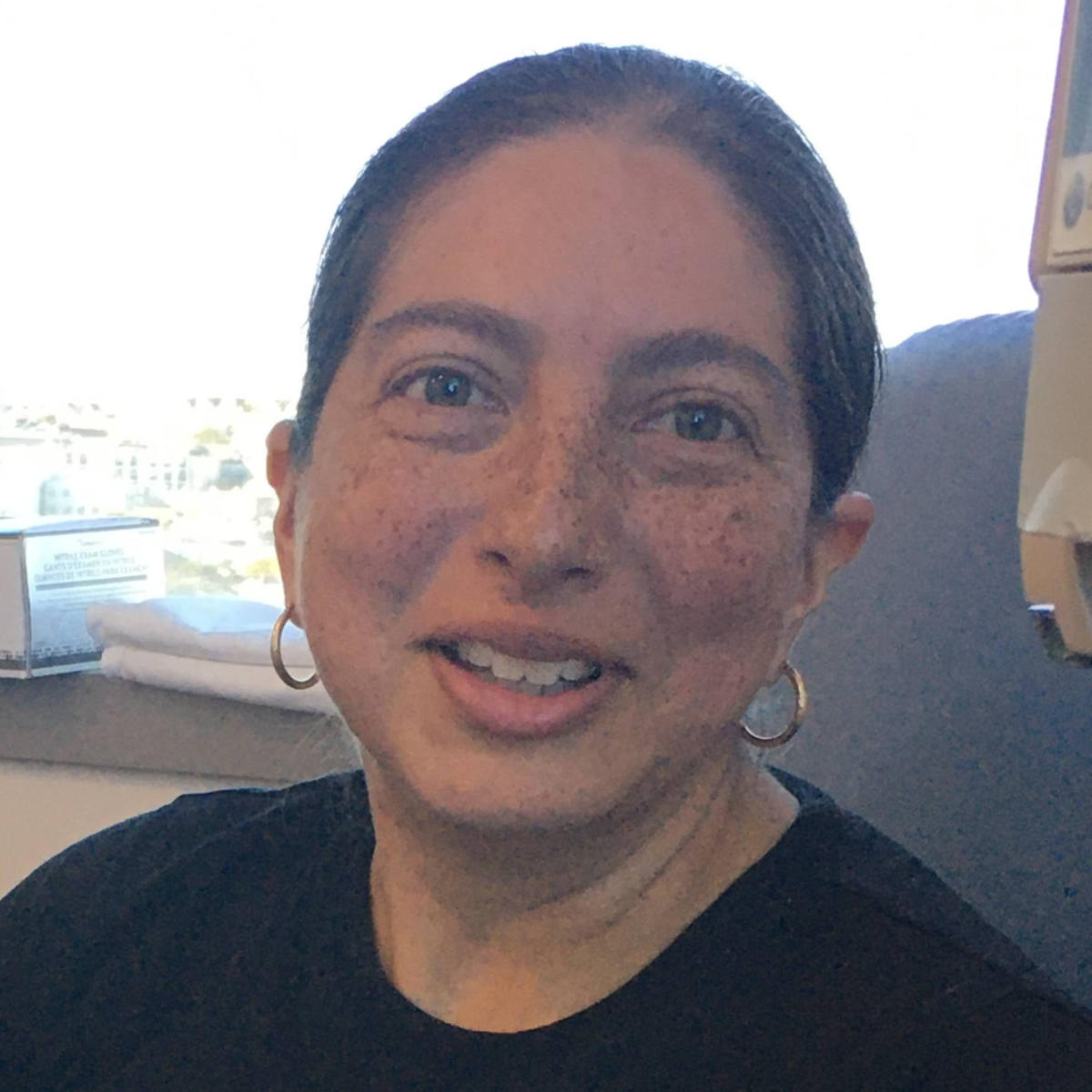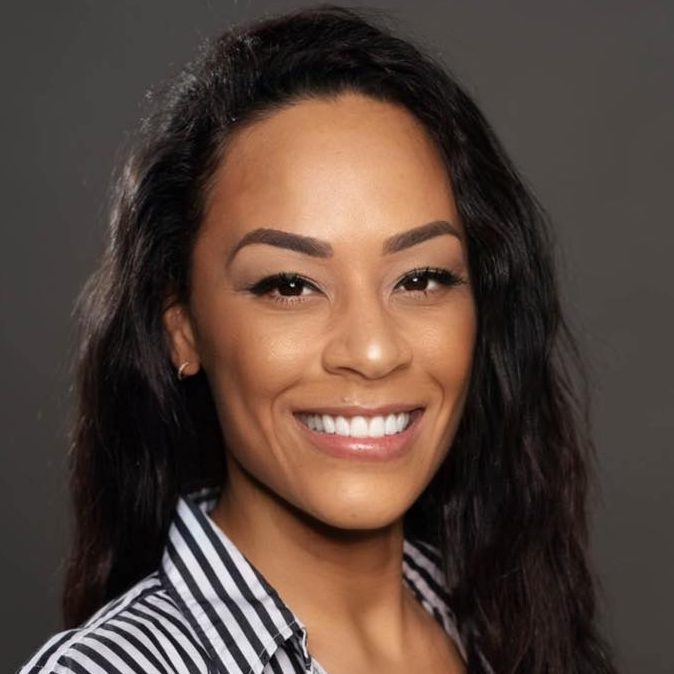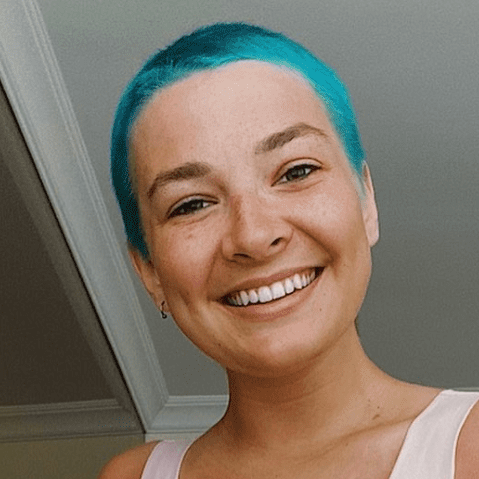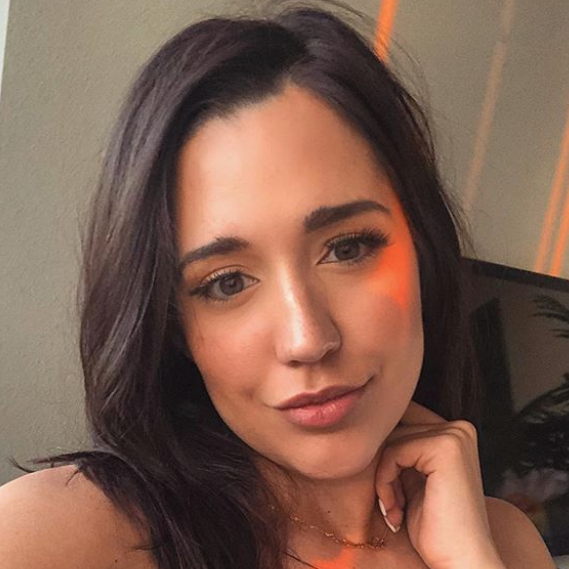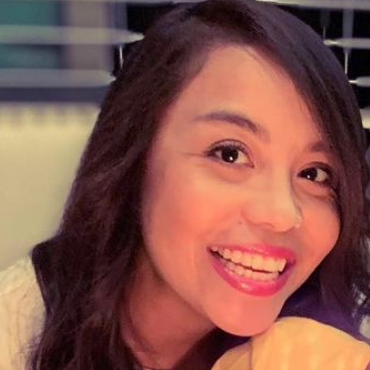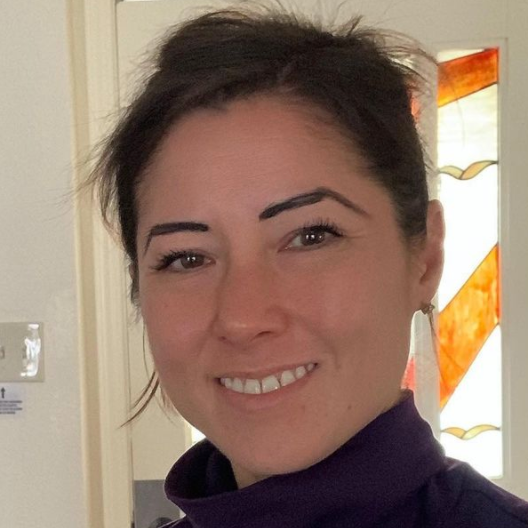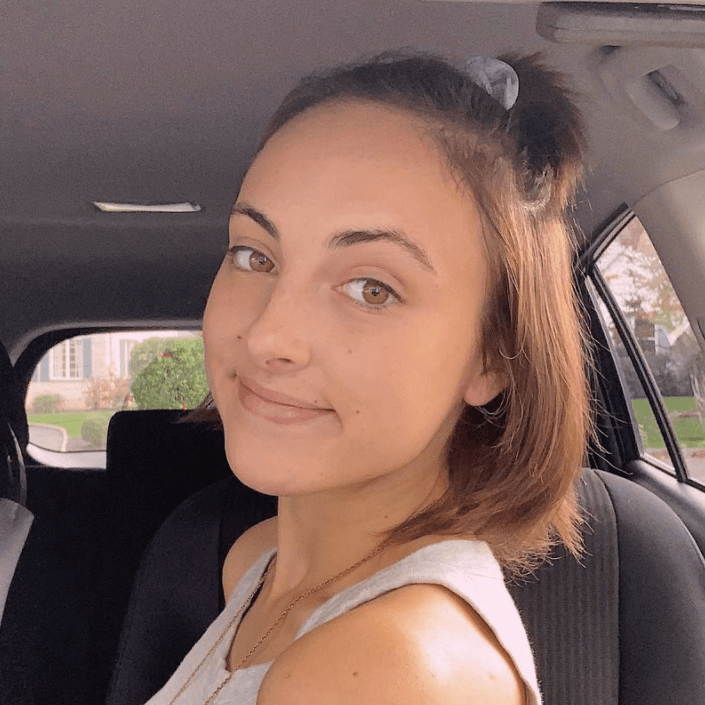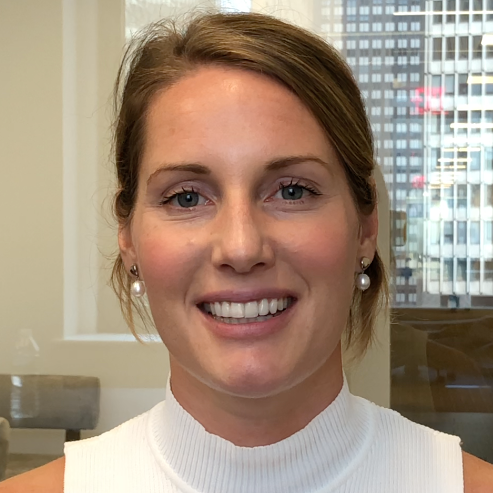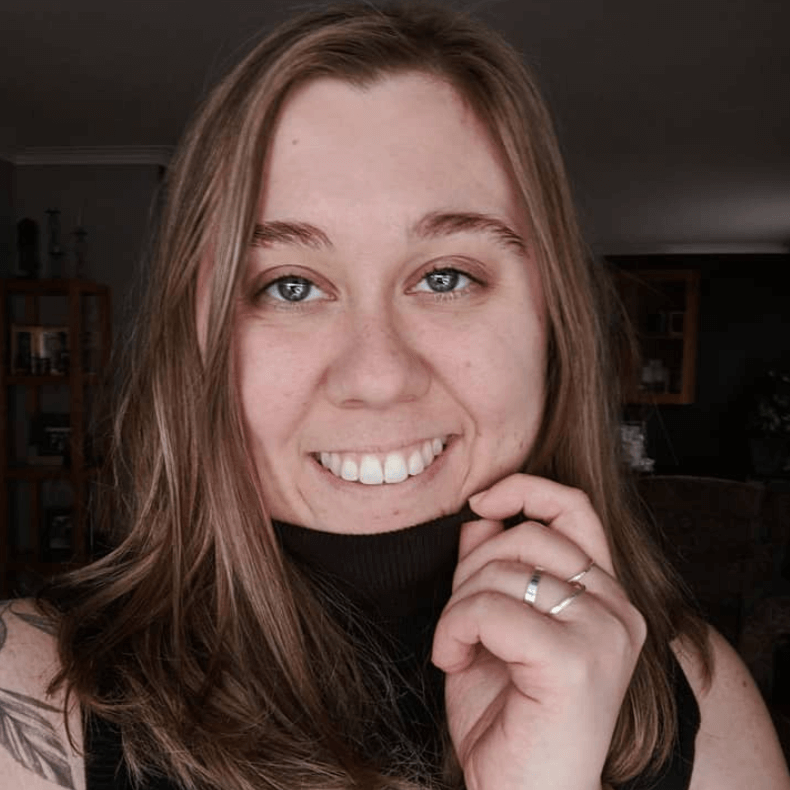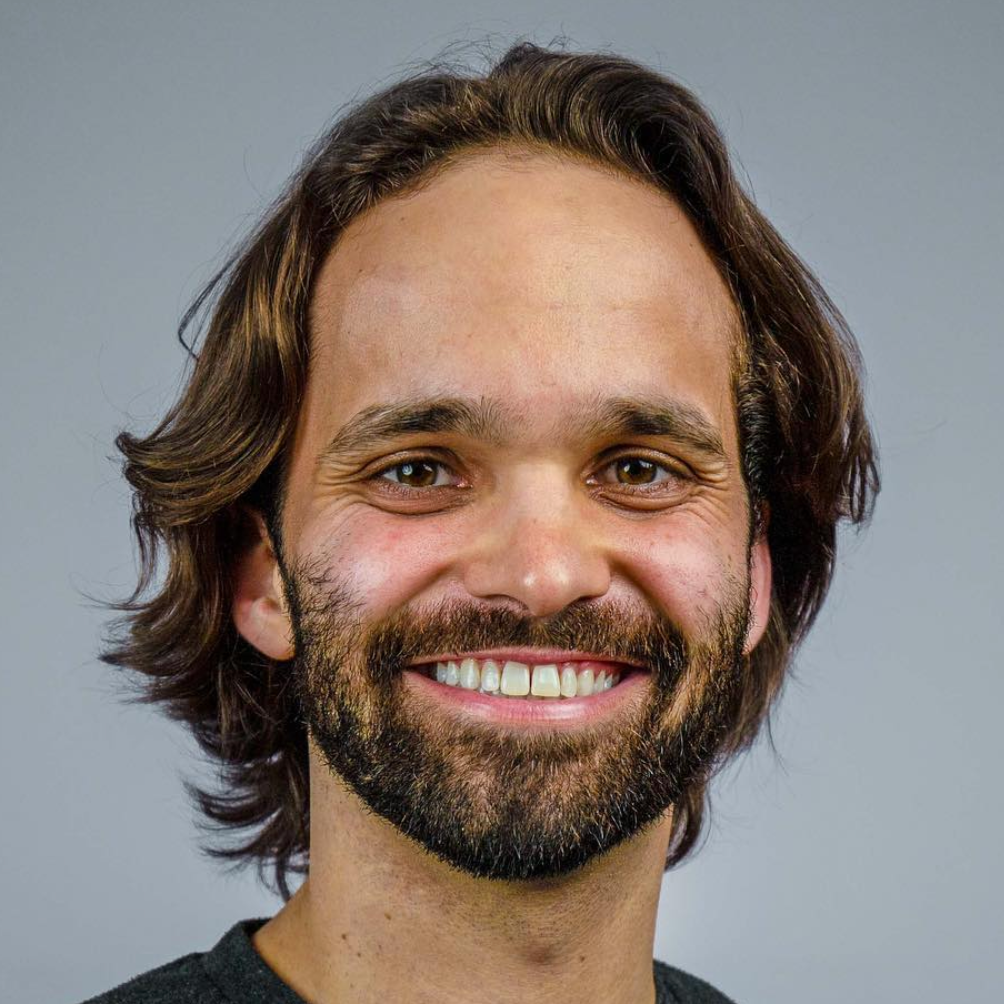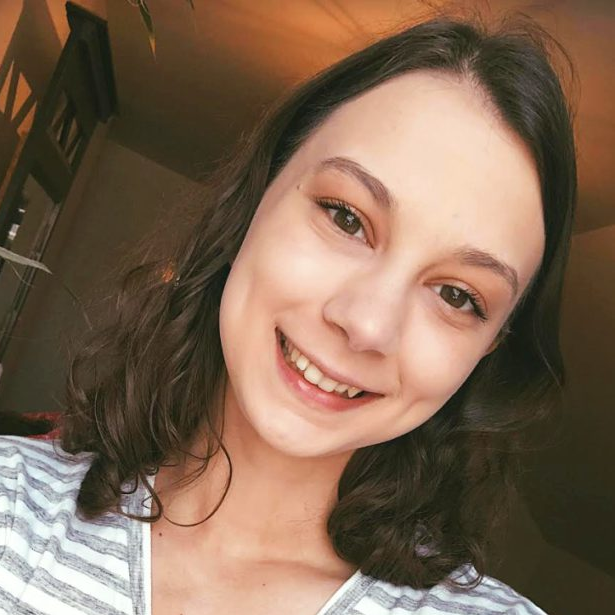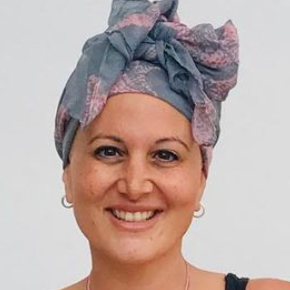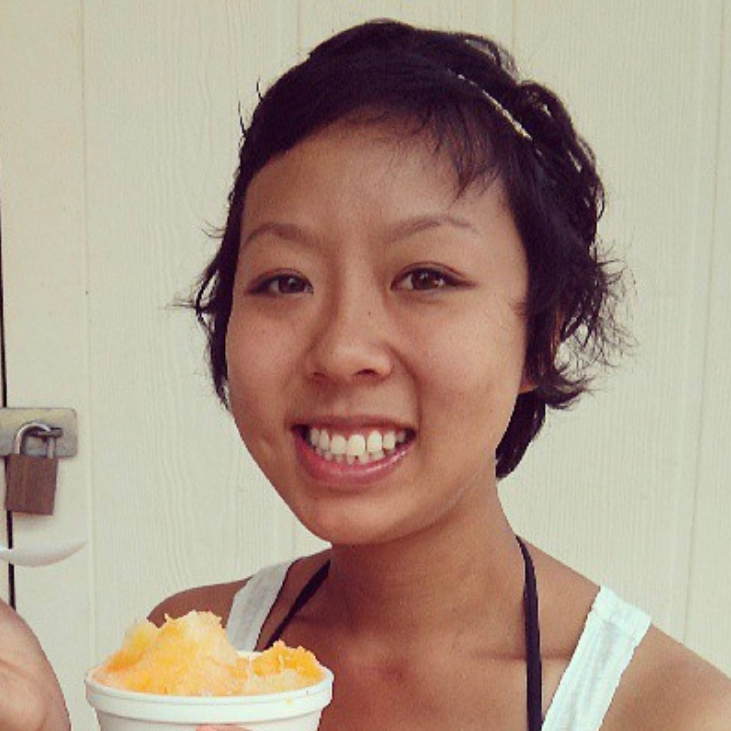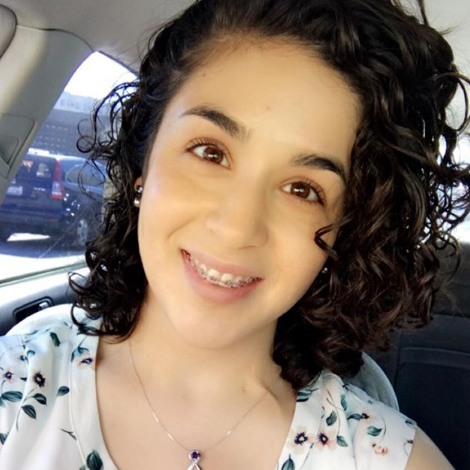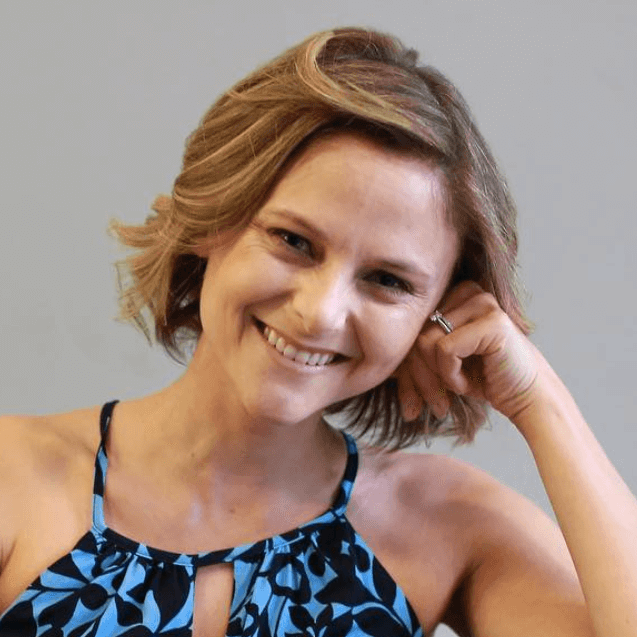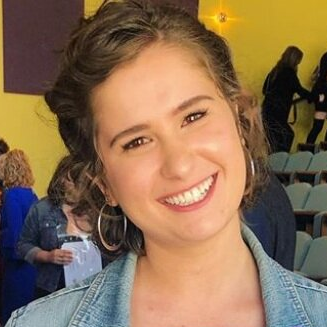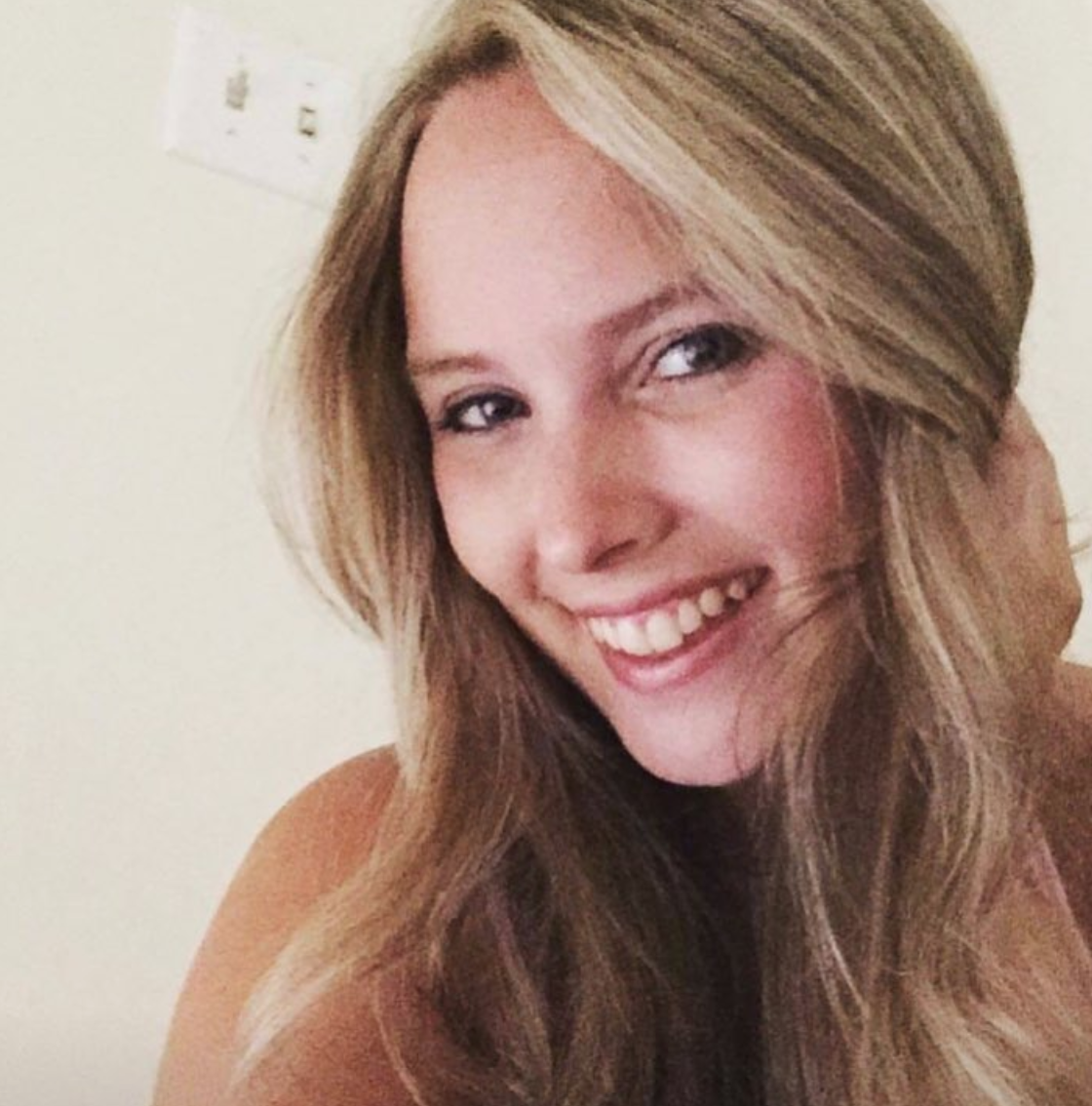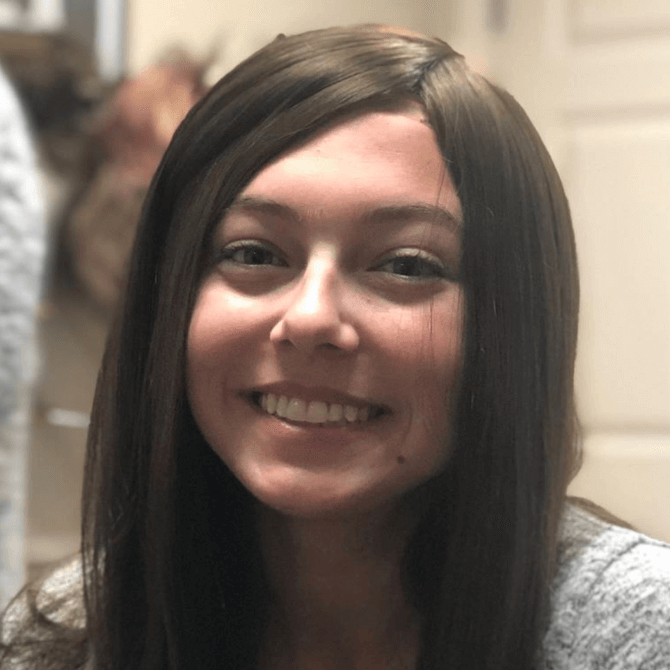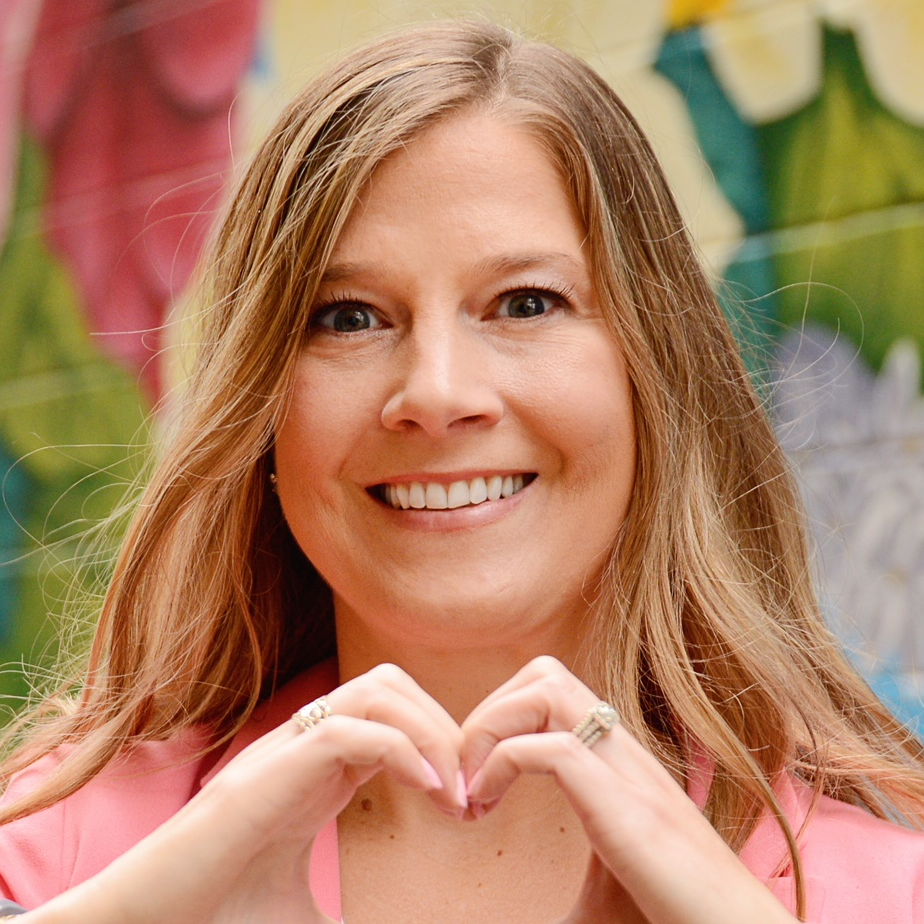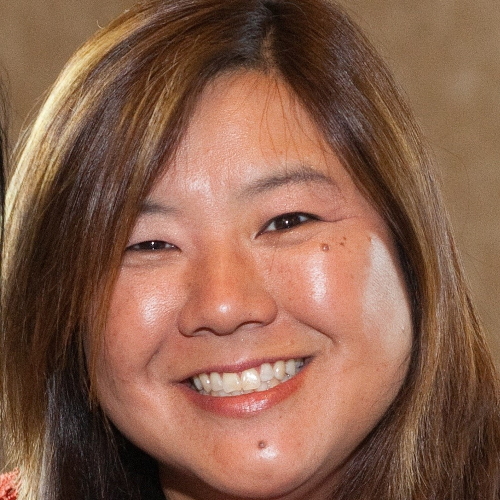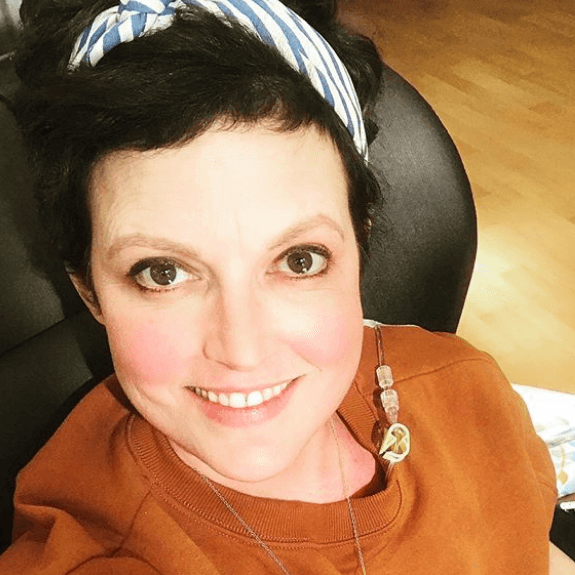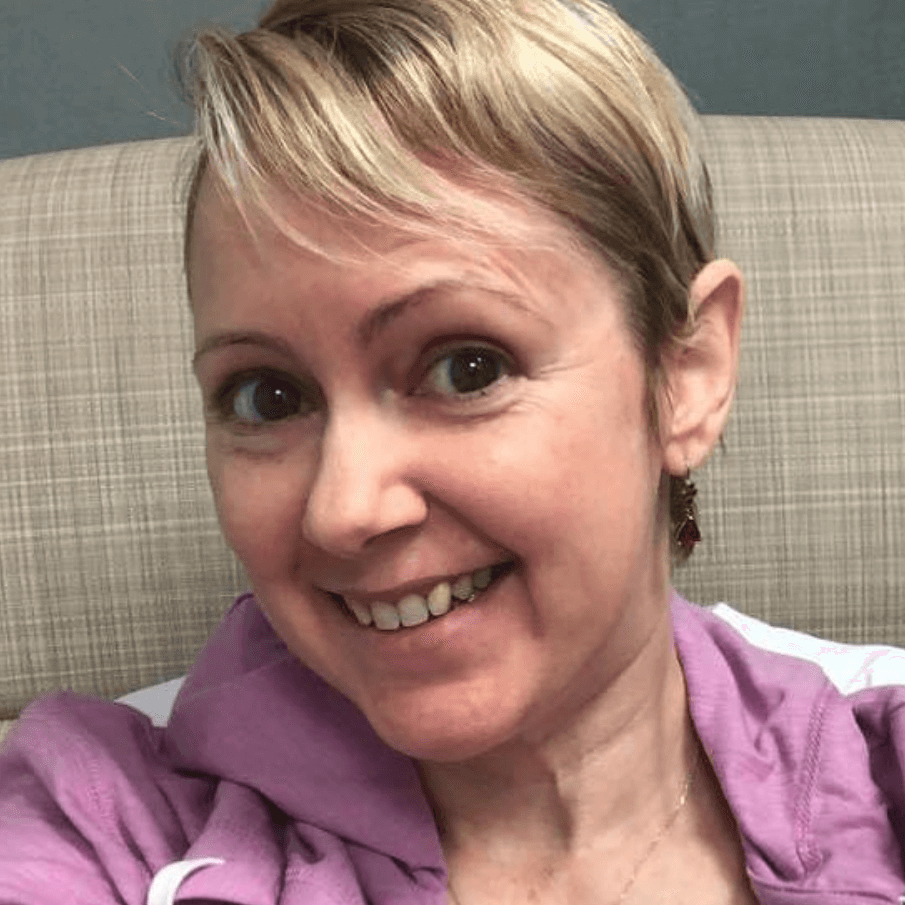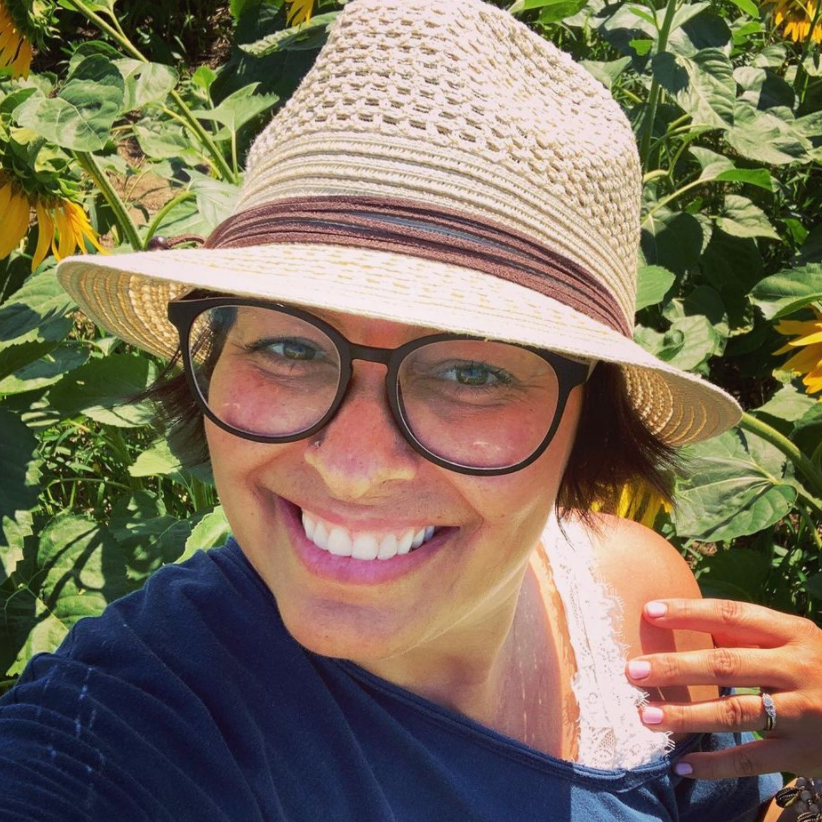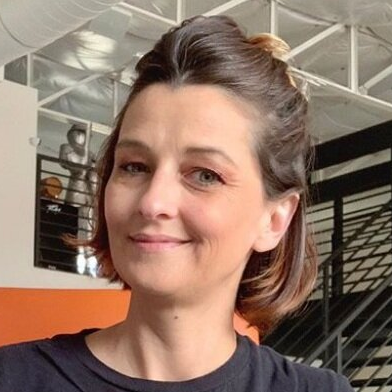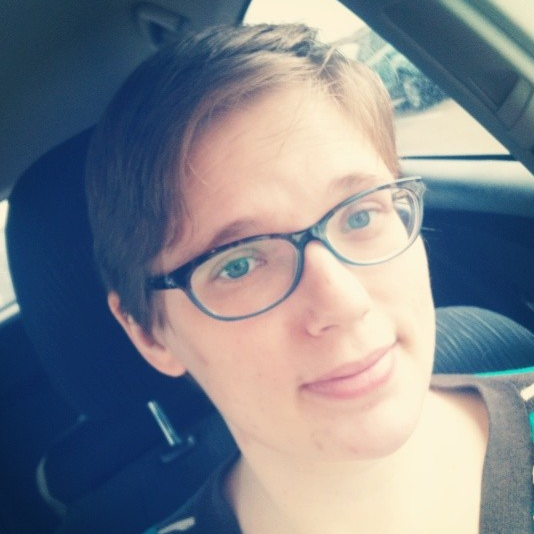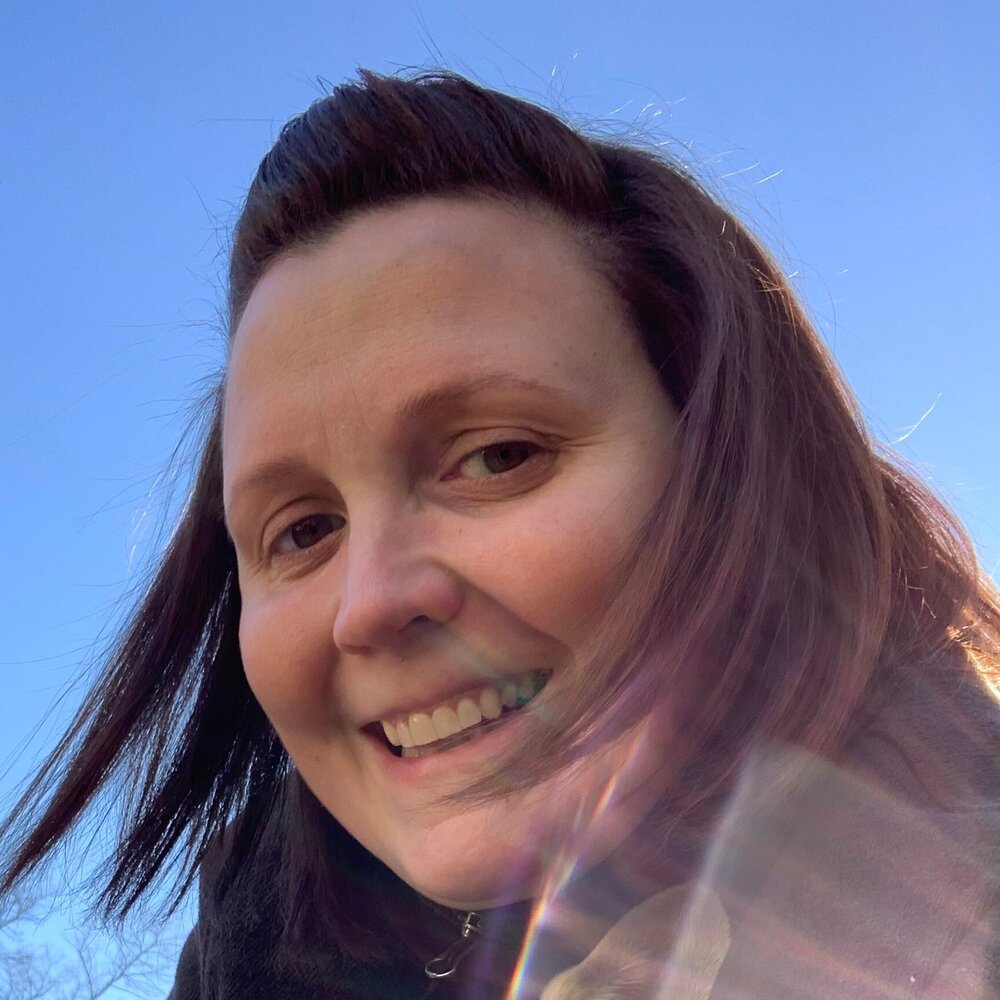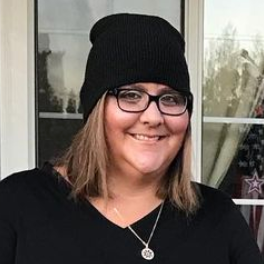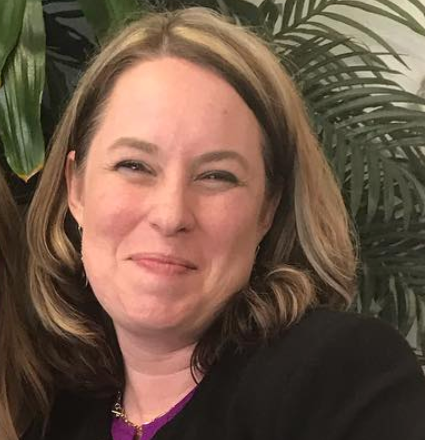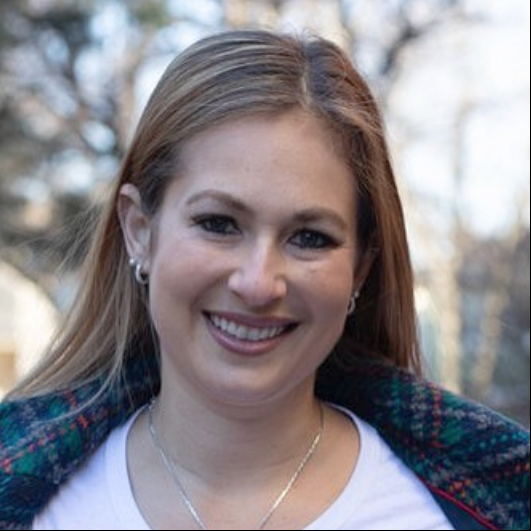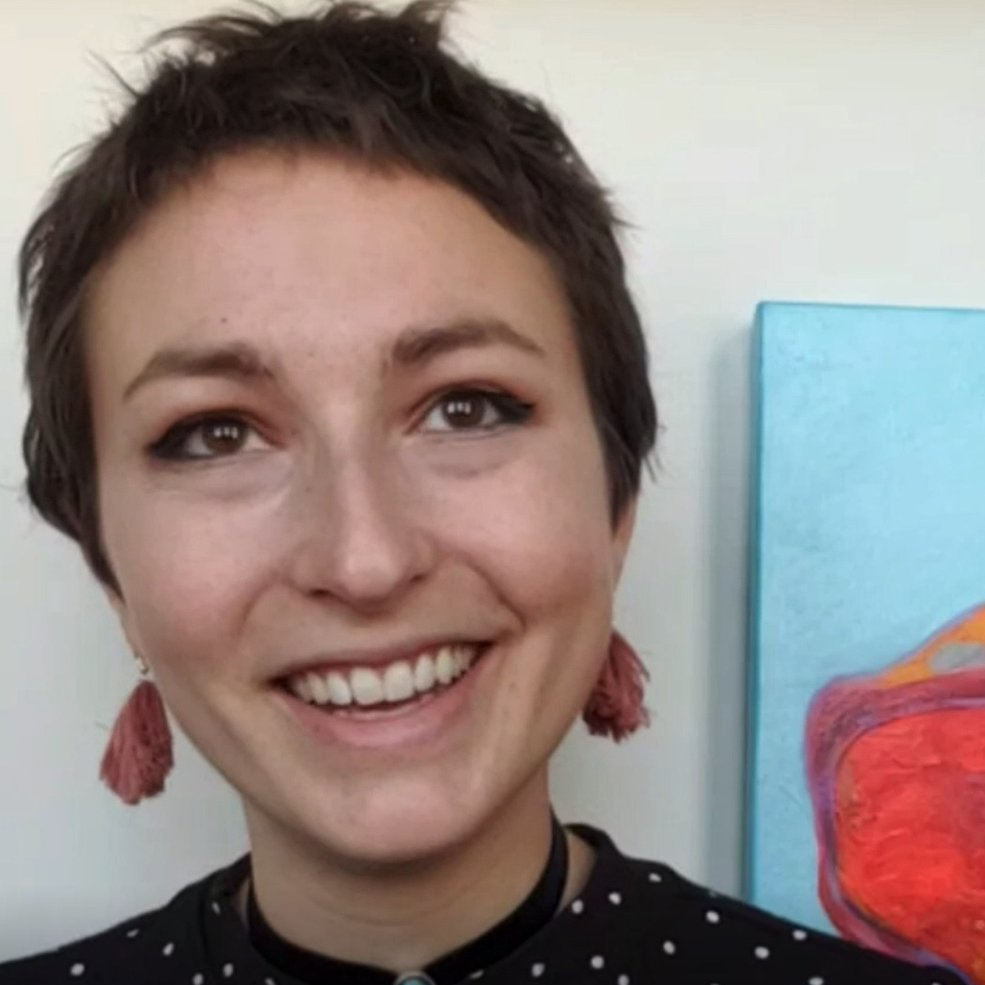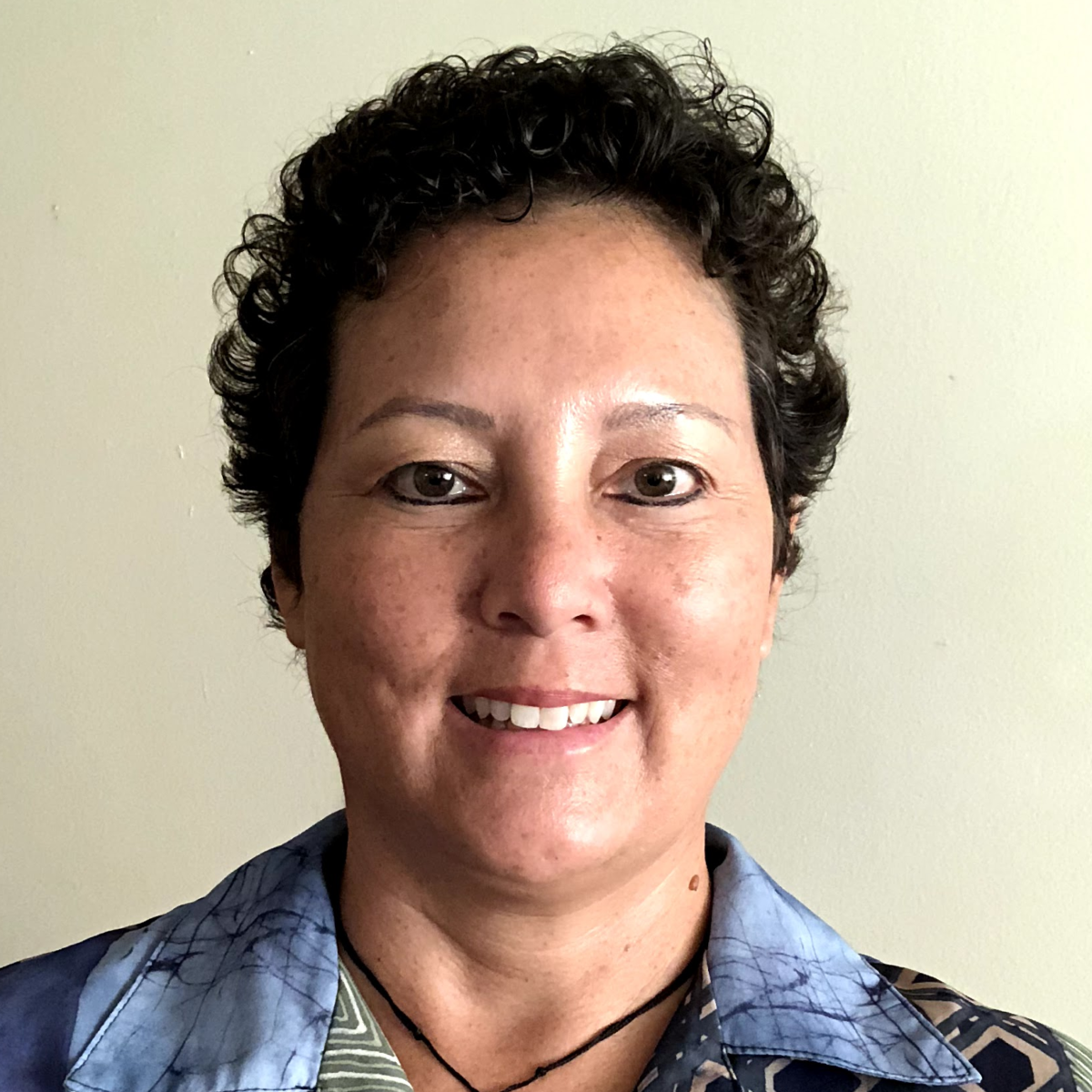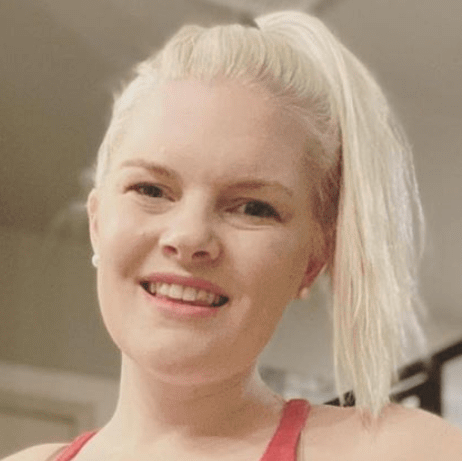Doxorubicin (Adriamycin) Side Effects & Patient Stories
Doxorubicin is a type of chemotherapy drug used in many different cancer treatments, including breast cancer, Hodgkin’s lymphoma, leukemia, and sarcoma.
Below, you’ll find some information about doxorubicin (Adriamycin), highlighted patient quotes, and a full list of our patient experiences with the drug.
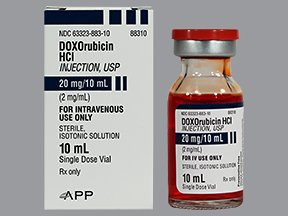
What is doxorubicin (Adriamycin)?
Doxorubicin (Adriamycin) is a common chemo drug that goes by many different names. Originally, scientists named the drug “adriamycin” after the Adriatic Sea. Then, the compound was renamed “doxorubicin.” However, many people know this drug by its nickname, given by patients and nurses who have a love/hate relationship with this life-saving compound: The Red Devil.
Why is it called “The Red Devil?”
Take one look at it, and you’ll understand why — in its liquid form, doxorubicin is a bright red. We’re talking Kool-Aid, too-red-to-be-real red. In fact, the color is so intense that the first couple of times you go to the bathroom after it’s administered, you’ll probably see red in your urine. Don’t freak out! This is a perfectly normal side effect — but be sure to ask your chemo nurse about it if you’re concerned.
So we know where the “red” half of the nickname comes from, but what about “devil?” While doxorubicin is great at blasting away tumors, it can leave a lot of damage in its wake. It’s partially synthetic and based on the bacterium Streptomyces peucetius, and it damages DNA (by design) and prevents cells from fixing themselves.
Doxorubicin is a vesicant, or “a chemical that causes extensive tissue damage and blistering if it escapes from the vein.” Nurses have to be specially trained to handle doxorubicin in order to avoid injuring themselves or others with the drug. When you’re receiving this treatment, your chemo nurse will be right by your side to monitor how things are progressing.
Doxorubicin also has some nasty side effects, and most patients experience at least some of these. Short-term side effects in include red urine (for 1-2 days after treatment), hair loss or brittle hair, and mouth sores. Nausea, vomiting, and fatigue also come with the territory. In women, doxorubicin can result in amenorrhea (the menstrual cycle stops).
One of the more serious short-term side effects are low red and white blood counts. Your oncologist may recommend additional treatment to raise white counts. A long-term concern is infertility, which can affects men and women. Your doctor may be able to provide resources about preserving eggs or sperm before treatment.
Another serious long-term side effect is potential heart damage, which can occur up to 8 years after chemo has ended.
But there’s hope. In 2020, a research team in the Netherlands began testing two safer versions that reduce cardiac risk. Katerina Gurova of the Roswell Park Comprehensive Cancer Center in Buffalo, New York is excited about the new research. “We’re learning more about how to make these widely used drugs less toxic.”
Although doxorubicin can be damaging, most people get through treatment without developing serious issues. Talk to your doctor about your risk level if you are worried about potential side effects from doxorubicin.
Breast Cancer Stories

Margaret Abe-Koga, IDC & DCIS, 2B
“I didn’t really feel a whole lot during the treatment. The Adriamycin-cyclophosphamide was actually fine. Most people actually say that’s the harder one and I did not feel many side effects. I really think I was lucky that the AC didn’t hit me that hard.
It’s just this feeling of fuzziness in your head that you have and the queasiness in the stomach. That and then some fatigue so just not feeling like I really wanted to get out of bed and do much was how I felt.”

Tina Conrad, Ductal & Lobular Carcinoma In Situ, 3A, ER+
“I did four rounds of Cytoxan and Adriamycin, or the Red Devil, which is the really tough kind. They have to test your heart just to make sure it’s strong enough before they give you that stuff.”
Hodgkin Lymphoma Stories

Lia Sartorio, Classical, 4A
“What’s ironic is, I never actually lost my hair. That’s super rare because I heard the adriamycin is 99-percent supposed to cause hair loss. I guess I didn’t have to buzz it, but oh well. No one could’ve known.”
Leukemia Stories
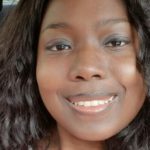
Lauren Johnson, Acute Lymphoblastic Leukemia (ALL)
“The red devil made me very nauseous. I dealt with it via ginger chews. I chewed a lot of ginger chews. My mom went and bought me bags and bags. I also did a lot of smoothies that contained ginger, as well.
The part that freaked me out is that it turns your urine that ugly color, a red-orange kind of color. I remember I was so open on my Facebook page, I took a picture of it in the little urine hat and being like, ‘Y’all, look at this! What is happening to me?'”
Sarcoma Stories

Demi Demas, Desmoid Tumor
“I did the IV chemo for almost a year. Everything was good. I was continuing scans throughout the entire process. The cancer wasn’t shrinking, but it was losing circulation. The cancer was dying. We were having pretty good results, but I reached my limits on Adriamycin.”
All Doxorubicin Patient Experiences
Chance O., Stage 2, Triple Negative, BRCA1+
Symptoms: Lump on breast
Treatment: Chemotherapy (doxorubicin, cyclophosphamide, paclitaxel, carboplatin), surgery (double mastectomy), radiation, radical hysterectomy (preventive)
April D., Metastatic Triple Negative, BRCA1+
Symptoms: Four lumps on the side of the left breast
Treatment: Chemotherapy (carboplatin, paclitaxel doxorubicin, surgery (double mastectomy), radiation (proton therapy), PARP inhibitors
Christine E., Stage 3 Triple-Positive
Initial Symptom: Lump in left breast
Treatment: Chemotherapy (AC-T), lumpectomy, radiation
Bethany W., Stage 2, ER+
Symptoms: Lump in breast and armpit
Treatment: Chemotherapy, double mastectomy, radiation
Sheryl B., Mantle Cell Lymphoma (MCL), Stage 4
1st Symptoms: (Over 15 years) Skin irritation from temperature changes, rising WBC levels, unexplained fatigue, retinal hemorrhage, hardened abdomen (from enlarged spleen)
Treatment: 6 cycles Hyper-CVAD chemotherapy
Mara T., Stage 2BX (Bulky)
1st Symptoms: Shortness of breath, back pains, daily migraines
Treatment: 3 rounds of ABVD, 3 rounds AVD, Radiation
Topics: Self-advocacy, mental health
Kara L., Synovial Sarcoma, Stage 1B
1st Symptoms: Pain behind left knee, needle-like sensation in left foot
Treatment: Surgery to remove what was thought to be benign tumor, chemotherapy, final surgery, radiation (36 sessions)
Erica H., Hodgkin's, Stage 3B
Cancer details: Staged at 3B
1st Symptoms: Intense itchiness, fatigue, night sweats, weight loss
Treatment:ABVD chemotherapy, 6 cycles (12 infusions)
Brandi B.,
Ewing Sarcoma,
Stage 1B (Soft Tissue)
Cancer Details: Adult case of soft tissue Ewing sarcoma, not bone sarcoma
1st Symptoms: Extreme fatigue, lump in pelvic area
Treatment: 17 cycles of chemotherapy in-patient at hospital with (leg-sparing) surgery in between
Ariane B., Ewing Sarcoma (Bone)
Cancer details: Most common in kids, young adults (teens through mid-20s)
1st Symptoms: Aching in arm, lump in forearm
Treatment: Chemo (14 rounds), surgery (of radius), radiation (36 sessions)
Demi D., Desmoid Tumor
Cancer details: Rare, <3% of all soft tissue tumors, more common in women
1st Symptoms: fatigue, lump in hip
Treatment: Surgery, radiation, chemo
Veronica B., Acute Lymphoblastic Leukemia (ALL)
1st symptoms: Mild shortness of breath and palpitations
Treatment: Chemo, targeted therapy, double cord transplant
Casey H., Acute Lymphoblastic Leukemia (ALL)
1st symptoms: Lump on throat, extreme fatigue, shortness of breath, bruising easily
Treatment: Chemo, immunotherapy, radiation, stem cell transplant
Lia S., Nodular Sclerosis, Stage 4A
Cancer details: Most common and most treatable form of Hodgkin's lymphoma
1st Symptoms: Extreme lower back pain
Treatment: ABVD chemotherapy
CC W., Hodgkin's, Stage 4
Cancer details: Diagnosed at 29, misdiagnosed as mono
1st Symptoms: Achiness, extreme fatigue, reactive rash on chest and neck. Later: chills, night sweats
Treatment: ABVD chemotherapy (6 cycles)
Kayla T., Hodgkin's, Stage 3A
Cancer details: Possibly misdiagnosed the first time; later diagnosed as grey zone lymphoma
1st Symptoms: Pulled muscle in chest
Treatment: ABVD chemo, radiation, high-dose chemo, stem cell transplant
Tylere P., Hodgkin, Stage 3
Cancer details: Mother is a nurse practitioner; suspected cancer
1st Symptoms: Swollen lymph nodes in neck
Treatment: Clinical trial; Chemotherapy, BMT
Jade B., Hodgkin, Stage 2X
Cancer details: Diagnosed at 21 years old
1st Symptoms: Itchy legs and feet
Treatment: ABVD chemotherapy (4 treatments), AVD (remaining treatments)
Katee P., Hodgkin, Stage 2B
Cancer details: Accidentally found in x-ray after months of symptoms
1st Symptoms: Night sweats, fatigue, extreme itchiness, persistent cough
Treatment: AAVD chemo, clinical trial w/brentuximab (Adcetris) + nivolumab (Opdivo) immunotherapy
Stephanie O., Hodgkin's, Stage 2B
Cancer details: Stage 2 with bulky disease
1st Symptoms: Shortness of breath, dry cough
Treatment: Stanford V chemotherapy (12 weeks, 1 infusion each week), radiation (20 days)
Fabiola L., Hodgkin's, Stage 2BX
Cancer details: Stage 2 with bulky disease, relapsed after 1st chemo. Remission after 2nd chemo & bone marrow transplant
1st Symptoms: Shortness of breath, dry cough, fatigue
Treatment: ABVD chemo (6 cycles), IGEV chemo, bone marrow transplant, BEAM chemo, brentuximab
Wade W., Hodgkin's, Stage 2A
Cancer details: Diagnosed at 18 years old
1st Symptoms: Enlarged lymph nodes (around neck), diagnosed at 18 years old
Treatment: ABVD chemotherapy (2 cycles), AVD chemotherapy (4 cycles)
Lauren C., Hodgkin's, Stage 2A
Cancer details: Diagnosed at 23 years old with nodular sclerosis, relapsed after 6 months of 1st-line treatment
1st Symptoms: Itchy body, enlarged lymph node over collar bone
Treatment: ABVD chemotherapy and ICE, radiation, and stem cell transplant for relapse
Helicon K., Hodgkin's, Stage 2A
Cancer details: Found lymphoma cells in adenoid tissue
1st Symptoms: Difficulty breathing with blockage in nose, surgery to remove tissue resulted in discovery of Hodgkin lymphoma cells
Treatment: ABVD chemotherapy (4 cycles), radiation (20 sessions)
Logan A., Hodgkin's, Stage 2A
Cancer details: Diagnosed at age 15
1st Symptoms: Lump in neck & fatigue
Treatment: 4 cycles of ABVE-PC chemo
Lani S., Hodgkin's, Stage 2
Cancer details: Tumor pressing on heart
1st Symptoms: Appendicitis led to CT scan that found tumor
Treatment: ABVD chemotherapy, 7 cycles
Danielle D., Hodgkin's, Stage 2
Cancer details: Diagnosed at age 25
1st Symptoms: Swollen lump on right side of neck/chest area, continued to grow
Treatment: ABVD chemotherapy (3 cycles = 6 infusions)
Madi J., Hodgkin's, Stage 1B
Cancer details: Most common and most treatable form of Hodgkin lymphoma
1st Symptoms: Shortness of breath
Treatment: 3 rounds (6 infusions) of ABVD chemo
Cancer details: Both ductal and lobular, estrogen receptor positive. Different than breast cancer Tina’s mom was diagnosed w/ twice.
1st Symptoms: Sunken in nipple of right breast
Treatment: Double mastectomy, chemotherapy, radiation, hormone therapy
Margaret A., IDC & DCIS, Stage 2B
Cancer details: IDC is most common kind of breast cancer. DCIS means cancer has not spread into surrounding breast tissue
1st Symptoms: Pain in left breast, left nipple inverting
Treatment: Double mastectomy, chemo (AC-T), Radiation
Alison R., Partially Differentiated DCIS, Stage 4 Metastatic
Cancer details: Triple positive = positive for HER2, estrogen receptor (ER), progesterone receptor (PR)
1st Symptoms: Lump in underarm/breast
Treatment: Chemotherapy, surgery, radiation, targeted therapy
Erin C., IDC, Stage 2B/4, Metastatic, Triple Negative
Cancer details: Triple negative doesn’t have any receptors commonly found in breast cancer making it harder to treat
1st Symptoms: Pain in breast
Treatment: Surgery, chemotherapy, radiation
Renee N., IDC, Stage 3-4, HER2+
Cancer details: IDC is most common kind of breast cancer.
1st Symptoms: Lump in breast
Treatment: chemotherapy, bilateral mastectomy, radiation
Stephanie J., Stage 3, Triple Negative, BRCA1+
Cancer details: Triple negative doesn’t have any receptors commonly found in breast cancer
1st Symptoms: Lump in left breast
Treatment: Chemotherapy, surgery
Melissa H., Stage 2B, Triple Negative
Cancer details: Triple negative doesn’t have any receptors commonly found in breast cancer making it harder to treat
1st Symptoms: Lump in left breast
Treatment: Mastectomy, chemotherapy, 2nd mastectomy
Stefanie H., IDC, Stage 3, Triple Positive
Cancer details: IDC is most common kind of breast cancer. Triple positive = positive for HER2, estrogen receptor (ER), progesterone receptor (PR)
1st Symptoms: Lump in breast
Treatment: chemotherapy, lumpectomy, radiation
Monica H., IDC, Stage 2B & Undifferentiated Pleomorphic Sarcoma
Cancer details: IDC is most common kind of breast cancer.
1st Symptoms: Tightness and lump in left breast
Treatment: Chemotherapy, radiation, surgery
Callie M., IDC, Stage 2B, Grade 2, ER+
Cancer Details: ER positive = estrogen receptor positive
1st Symptoms: Dimpling/lump found on breast
Treatment: Mastectomy, AC/T chemotherapy, hysterectomy, reconstruction
Joy R., IDC, Stage 2, Triple Negative
Cancer details: Triple negative doesn’t have any receptors commonly found in breast cancer making it harder to treat
1st Symptoms: Lump in breast
Treatment: Chemo, double mastectomy, hysterectomy
Caitlin J., IDC, Stage 2B, ER/PR+
Cancer Details: ER/PR positive = estrogen and progesterone receptor positive
1st Symptoms: Lump found on breast
Treatment: Lumpectomy, AC/T chemotherapy, radiation, and hormone therapy (Lupron and Anastrozole)
Rachel Y., IDC, Stage 1B
Cancer details: IDC is most common kind of breast cancer. Stage 1B.
1st Symptoms: None, caught by delayed mammogram
Treatment: Double mastectomy, neoadjuvant chemotherapy, hormone therapy Tamoxifen
Crystal Z., Primary Mediastinal (PMBCL), Stage 2
1st Symptoms: Chest pain
Treatment: 6 cycles of R-CHOP chemotherapy
